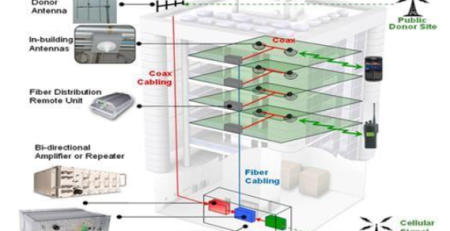Looking at 6G from the development experience of 5G
Since the global launch of 5G large-scale commercial use in 2019, more than 230 operators in 78 countries and regions around the world have achieved 5G commercial use. The continuous innovation and evolution of 5G has laid a solid foundation for the vision and technical direction of 6G.
What are the key research directions on the road from 5G to 6G evolution?
01 Air interface extreme transmission
Explore new theoretical performance bounds, and study key technologies for 6G new air interfaces, including distributed massive MIMO, air interface AI, wireless optical fusion, optical-generated terahertz, new modulation and coding, non-orthogonal multiple access (NOMA), intelligent metasurface (RIS) ), new antenna and radio frequency and other technical solution systems and prototype verification, forming a key technology layout of 6G air interface.
02Intelligent Simplified Full Service Network
Research on the 6G distributed autonomous network architecture that integrates communication and perception, AI, computing, big data, and security, including smart-simplified full-service design and new interface protocol design, aiming at air-space-ground integration, computing-network integration, and synaesthesia-computing integration , intelligent endogenous, deterministic/programmable, and simple and unified protocol system to form a systematic technical solution.
03Network autonomy based on digital twin
China Mobile proposes a network digital twin system framework, builds a virtual-real interactive mapping digital twin system architecture, and efficiently analyzes, diagnoses, simulates, and predictively maintains physical networks, helping to realize intelligent autonomy and intelligent operation and maintenance of 6G networks, reducing Network operating costs.
04 Endogenous Wisdom
Build AI into the basic capabilities and services of the network (AIaaS), through a new design, realize on-demand AI capability supply, and support ubiquitous smart applications.
05 safety endogenous
6G security endogenous has the characteristics of enhanced network trustworthiness, information virtual symbiosis, security elastic orchestration, and ubiquitous coordination of capabilities. Carry out cross-domain lightweight access authentication, atomic dynamic orchestration of security capabilities, AI-based security empowerment, and ubiquitous collaboration and other security technology research to realize on-demand customization of 6G network security capabilities, active defense in depth, and automatic security risk disposal .
6G is no longer limited to communication, but will support more application scenarios
6G will support more new application scenarios, such as synaesthesia Internet, interactive holography, intelligent interaction, digital twins, super-energy transportation, etc., which will promote the whole society to move towards digital twins and deep intelligence, and drive profound changes in social forms. People can have more time and energy to pursue the realization of self-worth. 6G will not only bring comprehensive upgrades to social production, work, entertainment, and social governance, but will also integrate core technical elements in the field of information and communication to accelerate the process of social digitalization. Its strategic value will fully surpass the scope of existing mobile communications. focus of industry competition.
CenRF


